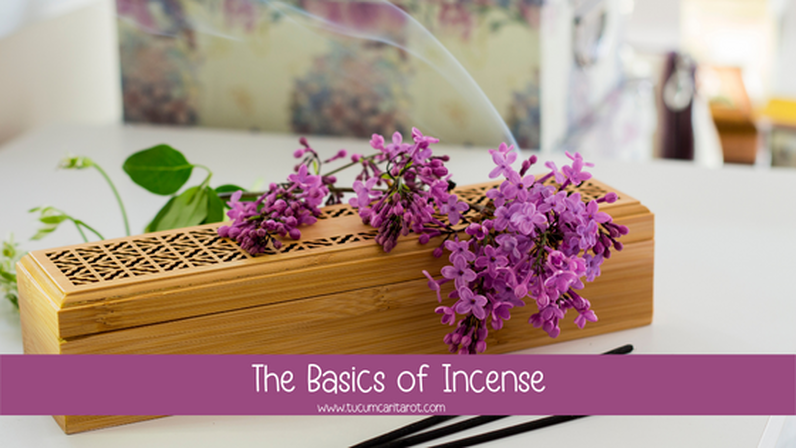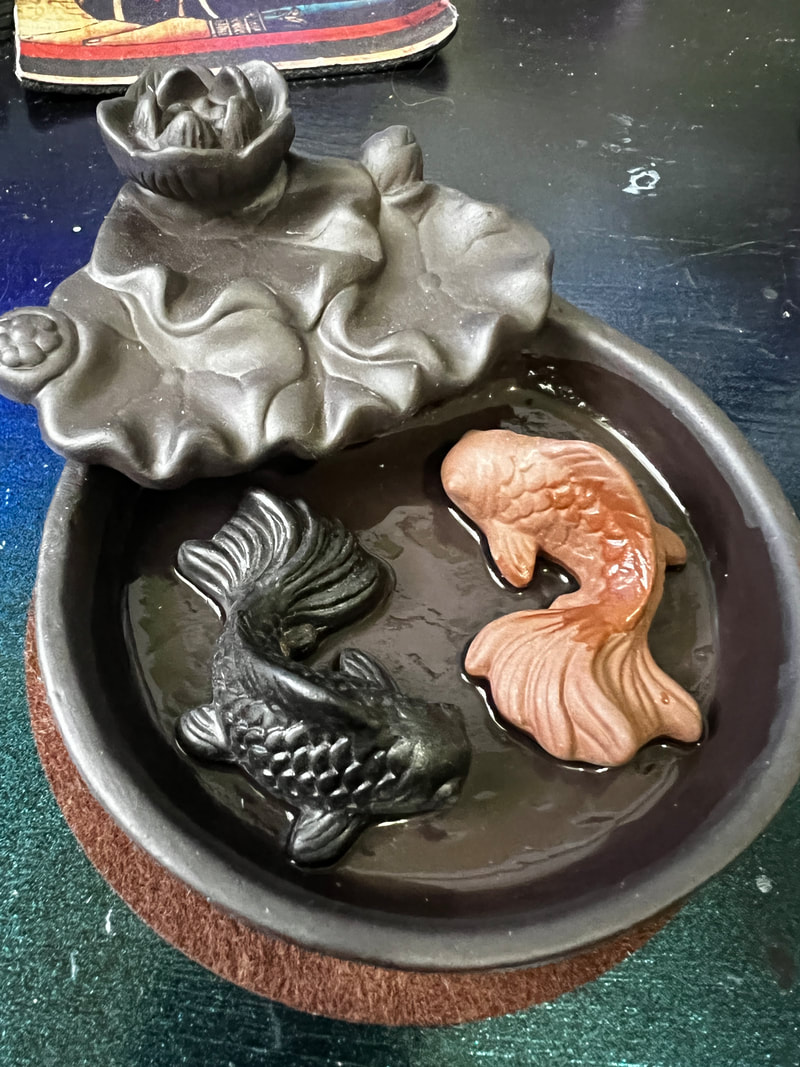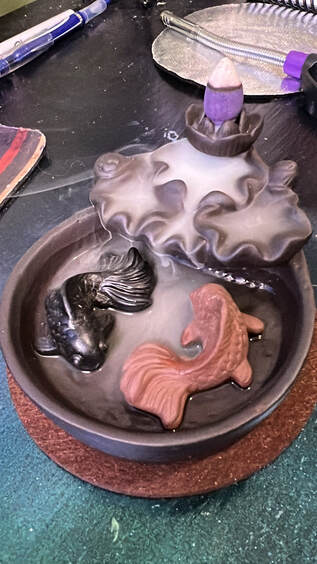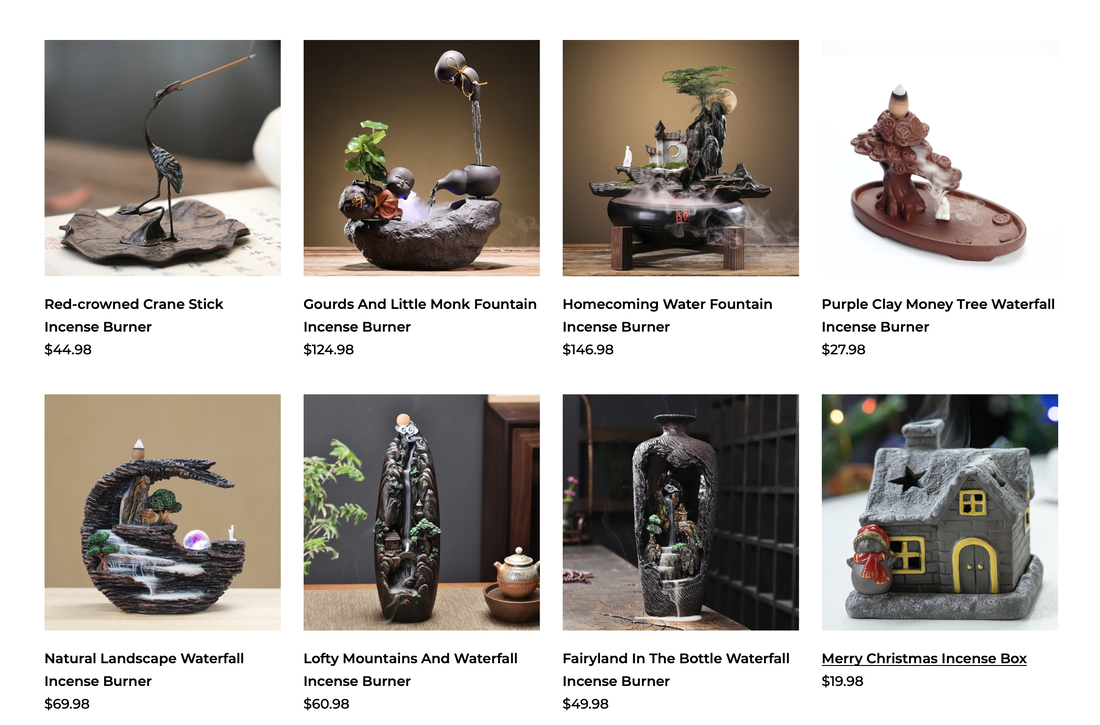|
The act of burning incense has been an important ritual since ancient times. Believed to have originated in Egypt in the time of the Old Kingdom, it was once used by priests for fumigating tombs. Incense has a long history of being used in conjunction with ceremonies, rituals, and spiritual and religious occasions. Incense burning was discovered in India and Southern Asia as early as 3300 BC. Used alongside worship and prayer, it was believed that burning incense could ward off evil spirits while purifying the surroundings. Over 2,000 years ago, the trade of spices and incense played a significant economic role between the east and west. In those days, the Middle Eastern Incense Route wound its way through the Middle East to the Mediteranean region, where it was popularized by the Roman Empire. It’s been estimated that 3,000 tons of incense traveled this route each year. What is incense?Incense has many forms, but in the simplest definition, it’s any plant matter which is burned for its aromatic or spiritual properties. Most people are familiar with the Indian agarbatti sticks, or small cones, but even raw plant material like palo santo wood chips or sweetgrass can be considered incense. Popular forms of incense
What does incense do spiritually?The spiritual purposes of burning incense can vary based on the religious ceremony or intention during its use. Catholic churches may burn frankincense to connect its community to the legacy of their founding patron. Palo santo wood was burned during the height of the Incas to clear bad energy and has been more recently adopted by a growing community of energy-aware people (however the question remains whether we should be). Today, burning incense is synonymous with the practices of several diverse religions, including Catholicism, Buddhism, and Hinduism, but its use goes beyond the spiritual, as it is now commonly used in yoga studios, wellness offices, and our own homes. Burning IncenseWhile burning incense may vary wildly in form, the essential function of it is to burn over time. Use a lighter, match, or other open flame to ignite the smallest point of the incense. Allow it to catch fire, then quickly blow out the flame. What remains should be a smoldering ember which will slowly burn and release its aromatic compounds. Place the incense in a dish specifically designed for incense, or a bowl of sand. You can snuff out the ember by smudging on a hard surface, but it’s generally expected to just let it burn out. Always keep embers and open flame away from any flammable materials such as curtains, paper, or dry herbs. Recently I was provided this adorable little fish burner. It is designed to be used with a bottom burning cone, which creates a waterfall of smoke effect. It isn't something that lasts terribly long, unless I simply had poor quality cones (which I did not get from Lucky Incense) The effect is beautiful though, and it is great for my mediation practice as I watch the smoke slowly flow further and further until it starts spilling over the ledge to the next level. I did find that wetting the bottom of the dish slightly helped keep the smoke in the bowl rather then spilling out over the sides so much. I did find that I ended up with a little bit of a migraine from burning this, but again, I think that has to do with the cones that I bought and them having synthetic fragrances. It's one of the reasons that I can't stand most perfumes. Synthetic v. Natural FragrancesTraditionally, incense was made with tree resins, aromatic herbs and woody plants. In today’s commercial incense market, it’s much more difficult to find something made with high-quality materials. Much of the incense found on store shelves these days is a combination of artificial fragrances and unsustainably harvested plants. Ingredients listed as “fragrance” or “parfum” are completely unregulated by the government. These chemicals are unhealthy for humans as well as the environment, and breathing in smoke from them has further consequences for our respiratory systems. In the short-term, synthetic fragrances have been known to cause headaches and skin irritations, but they can have even more serious adverse effects on our health in the long-run. When burned, they fill your home with airborne phthalates and parabens. These substances are known to be endocrine-disrupting chemicals, which means they have negative impacts on our hormone levels. When you shop for incense, be sure to do your research. Make sure you’re burning incense that’s made with natural ingredients like charcoal and essential oils. Avoid synthetic fragrances at all costs. Lucky Incense has some incredible burners, as pictured above. I encourage you to check them out and let them know that Tucumcari Tarot sent you!
0 Comments
Leave a Reply. |
�
Eva Sawyer24 years of tarot experience, 20 years experience as a mom, and a lifetime of knowledge is just rattling around in here!
|
Photos from shixart1985 (CC BY 2.0), Rosmarie Voegtli, PilTil.com Artist, Drawings, Creative Quotes, Atell Psychic Tarot, lubasi, Prof. Mortel, thegreathorsecigar, shixart1985, www.metaphoricalplatypus.com, foundin_a_attic, Cornelia Kopp, Bob Jenkin, 2tarot.psychic, www.tiket2.com, Atell Psychic Tarot, symphony of love, Guilherme Yagui, Atell Psychic Tarot, shixart1985






 RSS Feed
RSS Feed
